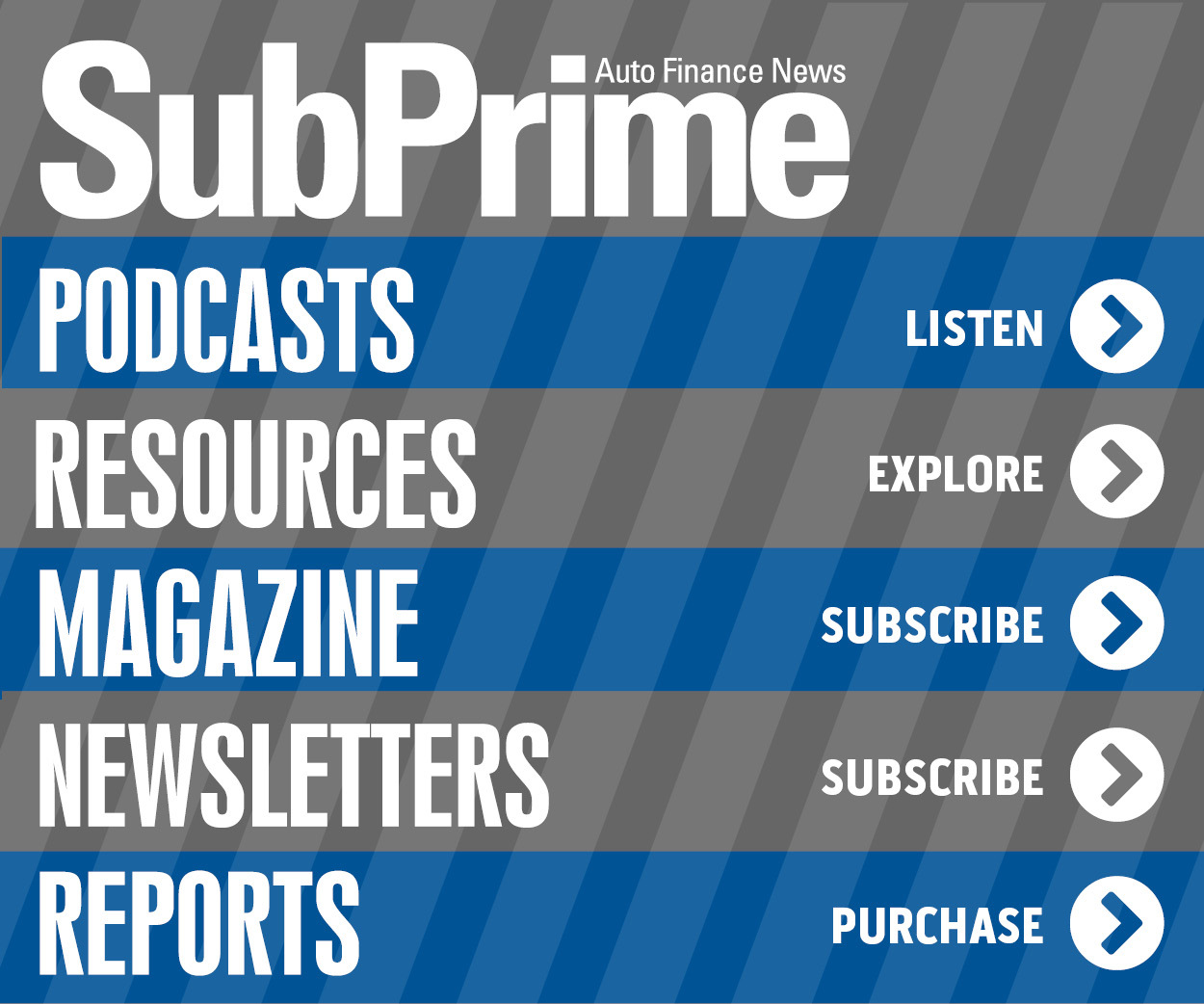Fed’s Waller makes argument for rate cut next week

Christopher Waller is a member of the board of governors of the Federal Reserve. Images courtesy of the Fed.
By subscribing, you agree to receive communications from Auto Remarketing and our partners in accordance with our Privacy Policy. We may share your information with select partners and sponsors who may contact you about their products and services. You may unsubscribe at any time.
For dealerships and finance companies looking for an interest rate cut next week, Christopher Waller of the Federal Reserve is arguing vehemently on your behalf.
During an appearance last week at New York University, the Fed governor recapped the position he’s made as part of the Federal Open Market Committee to cut the federal funds rate by at least 25 basis points.
“The key question for monetary policy right now is what we can discern about the underlying rate of inflation — that is, the rate excluding tariffs — based on the fundamentals of the economy,” Waller told attendees at the NYU event. “Federal Reserve Board staff has done work to try to estimate tariff effects on (Personal Consumption Expenditures Price Index). Using that methodology, if I subtract estimated tariff effects from the reported inflation data, I find the inflation numbers for the past few months would have been quite close to our 2 percent goal. You’re not going to hear ‘mission accomplished’ from me, but what this tells me is that underlying inflation has been lower than what is reported and close to our objective.
“Besides tariffs, I don’t expect an undesirable, sustained increase in inflation from other forces. Among the reasons for this are that the rate of growth in labor compensation is down considerably in the past year or two, and, with the softening labor market, I do not expect workers will be able to get large wage increases going forward. Combining this with solid rates of productivity growth implies inflation should continue around 2 percent,” Waller continued.
Earlier in his presentation, Waller described the paths he takes to access the current economy and tariff impact, often looking at more than just one quarter of data provided by federal and private sector sources.
“First, tariffs are one-off increases in the price level and do not cause inflation beyond a temporary surge. Standard central banking practice is to ‘look through’ such price-level effects as long as inflation expectations are anchored, which they are,” Waller said.
Subscribe to Auto Remarketing to stay informed and stay ahead.
By subscribing, you agree to receive communications from Auto Remarketing and our partners in accordance with our Privacy Policy. We may share your information with select partners and sponsors who may contact you about their products and services. You may unsubscribe at any time.
“Second, a host of data argues that monetary policy should be close to neutral, not restrictive,” he continued. “Real gross domestic product (GDP) growth was likely around 1 percent in the first half of this year and is expected to remain soft for the rest of 2025, much lower than the median of FOMC participants’ estimates of longer-run GDP growth. Meanwhile, the unemployment rate is 4.1 percent, near the Committee’s longer-run estimate, and headline inflation is close to our target at just slightly above 2 percent if we put aside tariff effects that I believe will be temporary. Taken together, the data imply the policy rate should be around neutral, which the median of FOMC participants estimates is 3 percent, and not where we are — 1.25 to 1.50 percentage points above 3 percent.
“My final reason to favor a cut now is that while the labor market looks fine on the surface, once we account for expected data revisions, private-sector payroll growth is near stall speed, and other data suggest that the downside risks to the labor market have increased,” Waller went on to say. “With inflation near target and the upside risks to inflation limited, we should not wait until the labor market deteriorates before we cut the policy rate.”
Will policymakers trim the target rate on Wednesday? It seems that’s what Waller wants.
“In June, a majority of FOMC participants believed it would be appropriate to reduce our policy rate at least two times in 2025, and there are four meetings left,” Waller said. “I also believe — and I hope the case I have made is convincing — that the risks to the economy are weighted toward cutting sooner rather than later. If the slowing of economic and employment growth were to accelerate and warrant moving toward a more neutral setting more quickly, then waiting until September or even later in the year would risk us falling behind the curve of appropriate policy. However, if we cut our target range in July and subsequent employment and inflation data point toward fewer cuts, we would have the option of holding policy steady for one or more meetings.
“For this reason, I believe it makes sense to cut the FOMC’s policy rate by 25 basis points (next week),” Waller went on to say. “And looking to later this year, if, as I expect, underlying inflation remains in check — with headline inflation data reporting modest, temporary increases from tariffs that are not unanchoring inflation expectations — and the economy continues to grow slowly, I would support further 25 basis point cuts to move monetary policy toward neutral.”


